Marketers love to jabber. Being bright-eyed and full of information is an acquired trait for us.
With an ambition to become big business contributors, we engage in conversations – with clients, prospects, vendors, and even competitors as we have the gusto for it.
Marketers can’t market in the dark.
To be able to sow a seed, we need context. More often than not, location data creates an opportunity to sell.
Gartner predicts that by 2022, 30% of customer interactions will be influenced by real-time location analysis. Right from the content we create (email pitches, ad copies, blogs) to hyper-personalized advertisements, every B2B and B2C marketer needs location data to drive engagement and conversions.
Locations drive a lot of sentiments – the tone you adopt, the context you bring through the culture, time zones that influence the schedule of your communication, and a lot more.
This post will cover different ways in which a marketer can utilize location intelligence for their campaigns with some popular case studies and examples. Let’s dive right in!
1. Beacon is a marketer’s best friend
Many proximity marketers are adopting the concept of beacon technology inside stores to increase the likelihood of purchases. Beacons are small Bluetooth devices installed within a store to communicate contextually with a customer.
The messages can be sent to customers who have opted in for notifications through Bluetooth or other technology.
Over 70% of shoppers say beacon-triggered content increased their likelihood to purchase in a store.
“Every advertiser has an understanding of where consumers are located through their devices translated as specific GPS coordinates,”
– says Jim Kovach, vice president of business development at CrowdOptic.Beacon helps in sending instant promotional messages to a shopper who is on a particular aisle looking at your products.
Macy’s has done this right through its Walk in and win campaign that successfully attracted in-store traffic with the help of beacon technology.
The beacon-enabled campaign encouraged people within the store to download the app and watch out for games during the Black Friday holiday.
The customers who installed the app were sent push notifications on entering the store premises. Beacons not only help in sending push notifications regarding any offers or promotions but also provides an indoor mapping experience for a customer.
For instance, stores like Walmart are huge and tracking down the required product becomes difficult. Such big stores like Target use beacon technology to help customers navigate through the store to identify the products they’re interested in.
For this to work, it essentially requires the shopper to make a list of products they are looking to purchase by adding them to the cart (Target App) to track their proximity to that product within the store.
Beacons help them track how closer or far away they are from the product through real-time locations.
2. Boundless opportunities with Geofencing
In simple terms, geofencing is a virtual perimeter within a physical location. Geofencing, when combined with other forms of location data like RFID or GPS, helps in notifying customers on an event or special offers when they pass through a particular location.
In the course of sending a push notification, you can also additionally track movements or collect data.
During a San Diego comic con, HBO initiated a geo-fence based campaign with RFID wristbands to send shareable Game of thrones content to event visitors. Similarly, Burger King’s #whopperdetour campaign used geofencing to increase its sales and app downloads drastically. First, watch this promo video to understand the concept of their campaign and we’ll see the role of geofencing in this.
So the offer clearly works on giving the customers a burger away for a penny upon reaching a McDonald’s store within 600 feet radius. When the customer reaches the location, a geofence (which was created for all 14,000 McDonald’s locations in the US) deal gets triggered in the app that requires them to re-route to the burger king store.
Like we discussed, geofencing uses technology like RFID and GPS to help marketers trigger a notification about an offer or an event when the customer is within the desired proximity.
The motto of Burger King’s marketing is “it’s so crazy that it just might work!” and you can clearly see that working for them. Burger King boosted downloads of its mobile app by 1.5 million with its “Whopper Detour” stunt campaign.
“The concept of attracting customers away from competitors using location-based ads is called geo-conquesting in marketing.”
3. Combining locations data and social media data
Harvard business review proposed the concept of vigilant marketing intelligence which is essentially the intersection of location data and social media data.
As we know the power of social media sentiments in understanding the customers’ feedback and opinion on a brand through social media posts (tweets, tags, hashtags, etc) HBR recommends adding location data to this formula in order to operationalize a solution when a problem occurs.
For instance, let’s say a customer posts on social media expressing her plight in waiting in long queues or favorite products running out of stock, can help the brand devise response digitally or physically to resolve the issue while the customer is still around.
Another concept with the social media plugin is that of a cross-promotion strategy.
Let’s say a customer checks-in on Facebook right before the start of the movie in a mall. A retail store or a restaurant within the mall can combine the social media and location data to their advantage through communications that coney promotions or offers in order to improve the visits.
4. Weather-based targeting
The weather conditions of a place combined with the footfall traffic and shopping habits of the customer when combined together can give tremendous insights to a marketer to run personalized campaigns.
One such interesting weather-based campaign was implemented by eBay in the UK. The digital out-of-home campaign features advertising messages on the billboards according to the changing weather conditions.
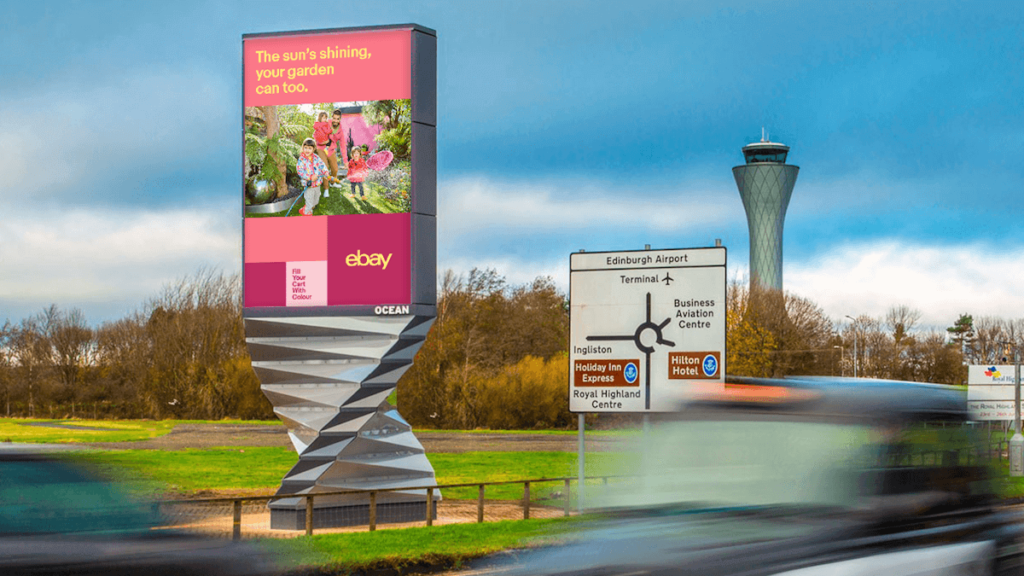
Vibrant and colorful wares in a way that is responsive and useful and aligned with consumers’ mindset and surroundings at the moment.”-eBay senior marketing director Gareth JonesThe ads vary if it is sunny, visual ads for gardening products would be shown as against ads for rain gear when it’s rainy.
The role of location intelligence comes into picture here because these ads were displayed on more than 1250 screens across the UK with numerous different weather conditions, footfall traffic, and demographics. Mapping these elements together will help in implementing DOOH based campaigns.
Conclusion
Location intelligence can help you elevate your campaigns to a whole new level enabling better engagement and conversions. But, implementing a location analytics solution for your marketing needs is a big step.
This means you need a thorough understanding of the market and vendors in addition to identifying your objectives after implementing a location intelligence solution.
Here are some things to consider while evaluating the right vendor.
- Availability of third party integrations and API.
- The cost of location intelligence solutions.
- How secure is data storage?
- The quality of POI data (accuracy and recency)
Don’t advertise a sweatshirt in a sunny region or a choco-latte to someone who’s allergic to caffeine. Try location intelligence solutions to keep your advertising efforts near perfect!
This article was originally published on Hackernoon.



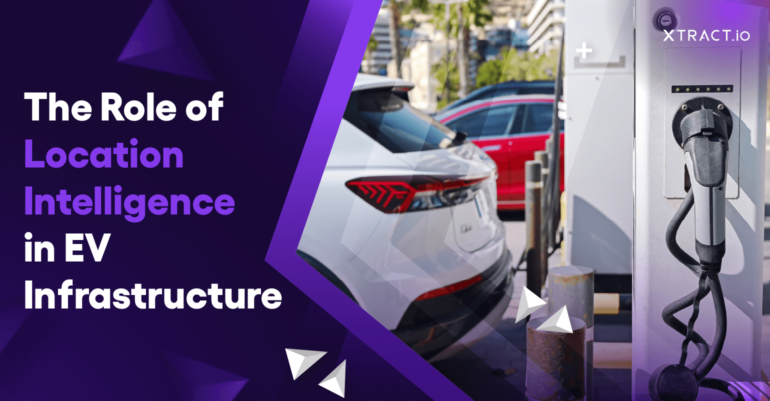
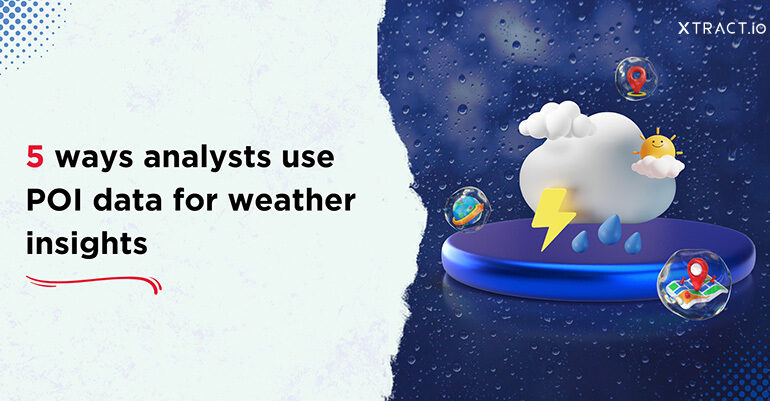
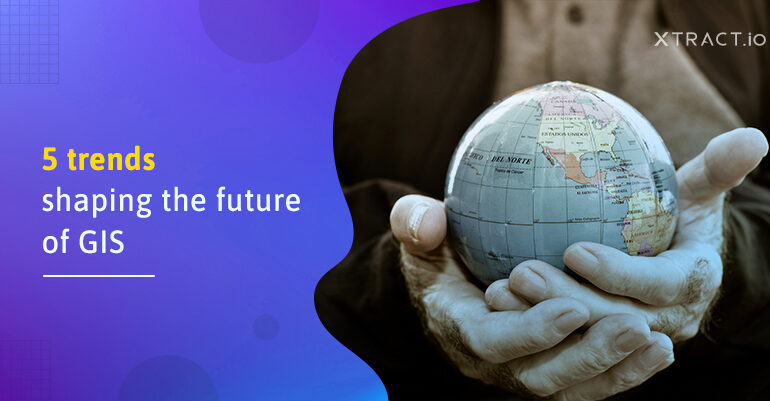
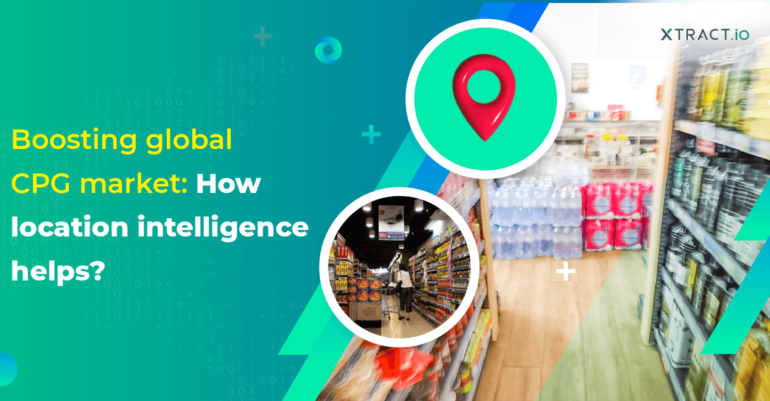
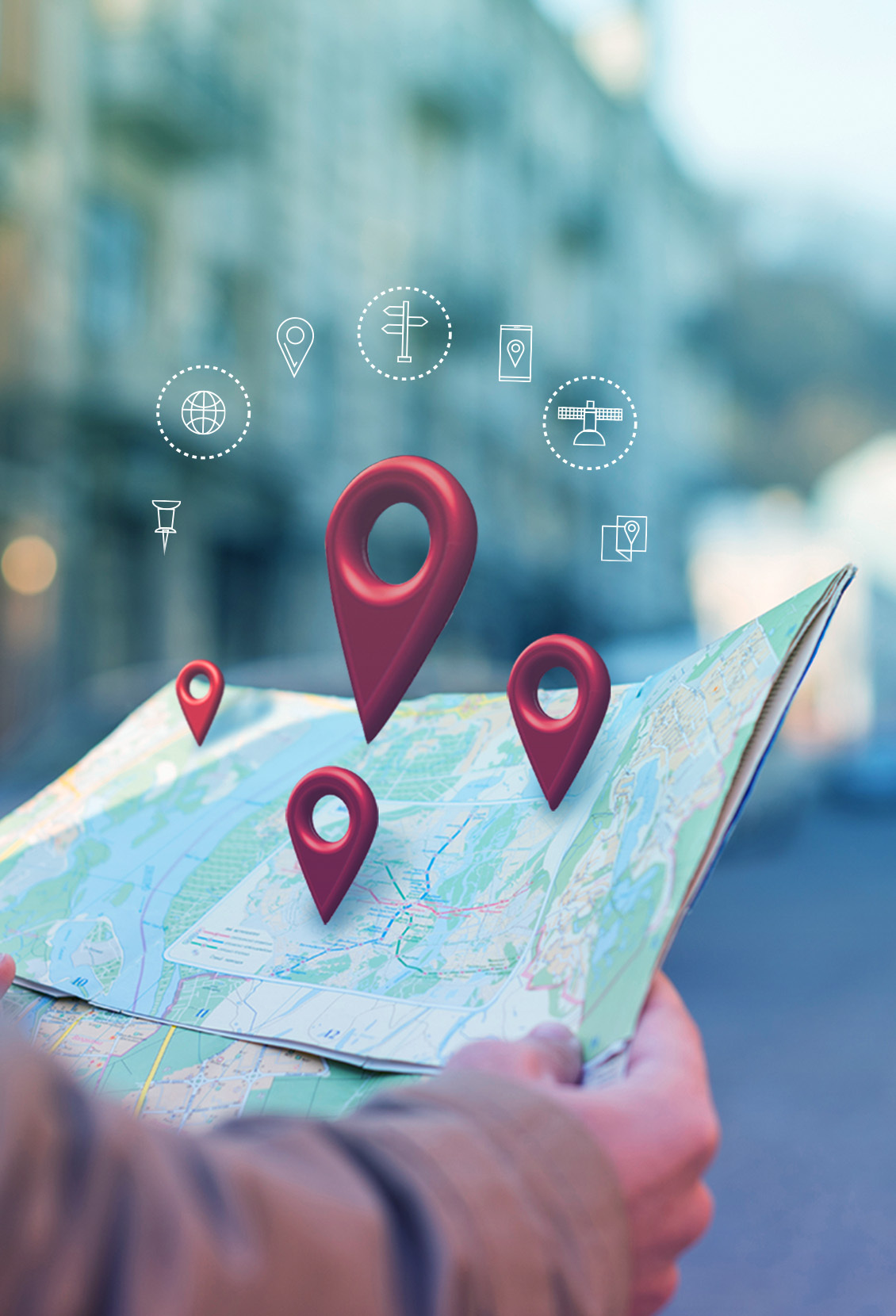

3 Comments
I discovered your blog web site on google and examine just a few of your early posts. Continue to maintain up the superb operate. I simply extra up your RSS feed to my Yahoo engine. Searching for forward to studying more from you afterward!
Thank you for reading. Glad you like our articles.
Great article, I liked it very much congratulations!